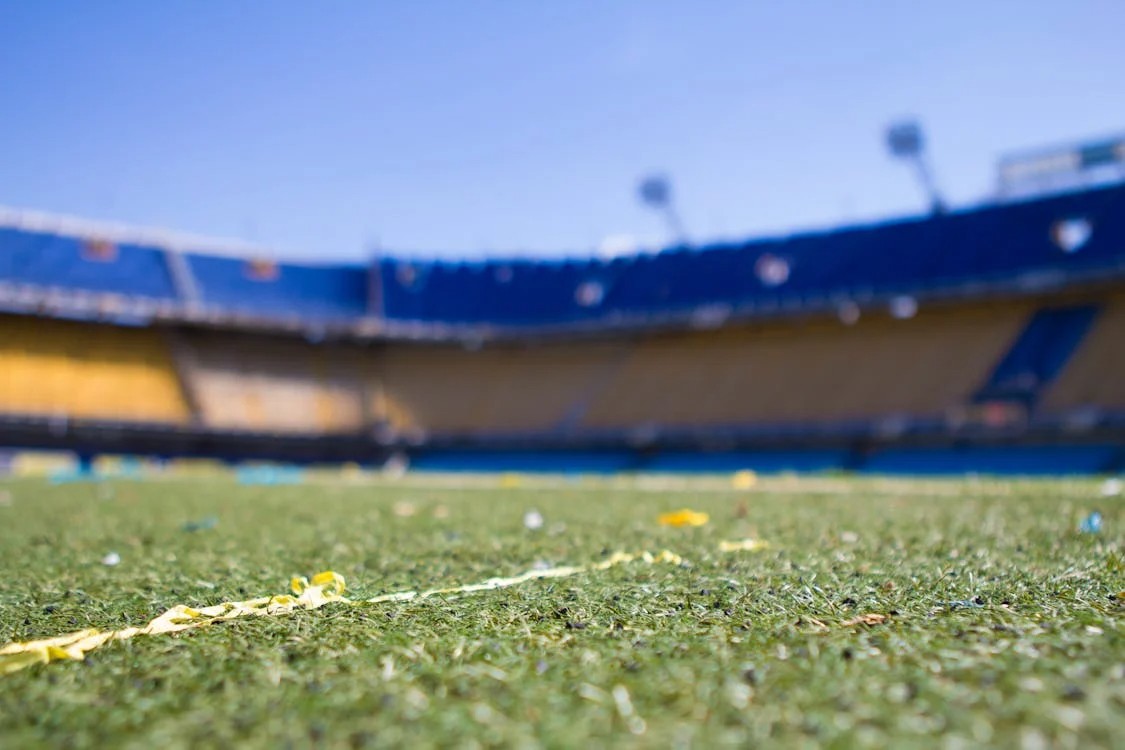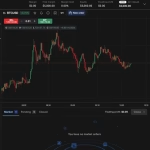In European football, the offseason is far from a traditional “break.” While the competitive season typically runs from mid-August to May, the summer offseason—lasting roughly from June to early August—serves as a critical period for recovery, restructuring, and preparation.
For fans of leagues like the English Premier League, La Liga, or Serie A, this quiet window might seem calm, but behind the scenes, players, teams, and clubs are anything but idle.
Rest and Recovery: Healing the Warrior
After a demanding 38-game league campaign, along with domestic cups and potentially European competitions, players depend on the offseason to recuperate both physically and mentally.
Take the example of Liverpool FC’s Mohamed Salah, whose grueling season includes Premier League matches, UEFA Champions League fixtures, and international duty with Egypt. Offseason rest allows him to recover from minor injuries and fatigue, so he can play his best and help his team become sportsbook favourites with the best odds. You can find the best offshore sportsbooks here and wager as soon as the season kicks off again.
Yet, this rest is balanced with maintaining fitness. The offseason often coincides with major international tournaments such as the FIFA World Cup or UEFA European Championship, which can shorten players’ breaks.
Salah, for instance, participated in the 2022 World Cup held in Qatar during the offseason, limiting his downtime. Clubs understand the importance of reconditioning after such tournaments to prepare players for the upcoming grind.
The Transfer Window: A Frenzied Marketplace
Perhaps the most attention-grabbing element of the European offseason is the summer transfer window, open roughly from July 1 to August 31. Clubs actively buy, sell, and loan players to build competitive squads. Transfer activities can significantly reshape a team’s fortunes.
Clubs bargain hard, navigating financial fair play regulations and scouting promising talents. For instance, Real Madrid’s signing of Mbappe last year marked a new era for the team and Paris Saint-Germain after losing a key player in the squad. These transactions often define a team’s success for the coming season, making the transfer window a high-stakes business period.
Preseason Preparations: The Grind Before the Glory
Once the squad is settled, clubs shift focus to preseason training—typically starting in July. This phase includes conditioning, tactical drills, and friendly matches to regain match fitness and integrate new signings. For example, FC Barcelona’s preseason tours in the United States double as both preparation and global marketing, helping build fan engagement abroad.
Friendlies against clubs across different leagues allow managers to test formations and provide younger players with valuable minutes. Players like Barcelona’s Pedri often use this time to impress coaches and stake a claim for starting roles. Coaches also emphasize injury prevention through tailored fitness programs, ensuring players can endure the upcoming season’s physical demands.
Tactical and Mental Reset: Refining the Team’s Identity
Offseason also serves as a crucial period for reflection and recalibration. Coaches analyze the prior season’s performance, review video footage, and adjust strategies. Manchester City’s Pep Guardiola is notorious for using this time to innovate tactically, experimenting with new formations to maintain their Premier League dominance.
Mental reset is equally important. Players may work with sports psychologists or mental coaches to maintain sharpness and motivation after the season’s emotional highs and lows. The offseason is when stars like Erling Haaland focus on improving their mindset as well as their physical condition, gearing up to handle pressure and expectations. Once the offseason ends, you can find the best offshore sportsbooks here and start cheering for your favourite teams on the pitch once again.






